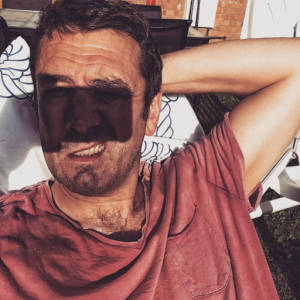Barn on the old Milngavie rd
im disappointed that nobody got the correct answer to yesterdays problem.
Here is the answer with workings.
Imagine you're on Train A. You're going 70 mph, so your speed relative to the trees, houses, and other non-moving things outside the train is 70 mph. (All of those objects look as if they're going by at 70 mph.) Now imagine you're the engineer and you can see Train B coming toward you - not on the same track, of course! Since Train B is moving 60 mph, it will look as if it's approaching faster than if it were sitting still in the station - a lot faster than the trees and houses appear to be moving.
The relative speed of the two trains is the sum of the speeds they are traveling. (If you're on either of the trains, this is the speed you appear to be moving when you see the other train.) In our problem, the relative speed of the two trains is 70 mph + 60 mph = 130 mph. What if the trains were traveling in the same direction? Then we'd need to subtract the speed of the slower train from the speed of the faster train, and their relative speed would be 10 mph.
At this point we know two of the three unknowns: rate and distance, so we can solve the problem for time. Remember that time = distance/rate, the distance traveled is 260 miles, and the relative speed is 130 mph:
t = 260 miles/130 mph
t = 2 hrs.
We find that the trains meet two hours after leaving their respective cities.
Now, where do the trains meet? We again use the distance formula to find how far each train has traveled in two hours:
For Train A: 70 mph x 2 hrs = 140 miles
For Train B: 60 mph x 2 hrs = 120 miles
Thus the two trains meet at a point 140 miles from Westford and 120 miles from Eastford.
I expected more from you all, i really did.
- 6
- 3
- Pentax Optio H90
- f/3.5
- 5mm
- 1600

Comments
Sign in or get an account to comment.


